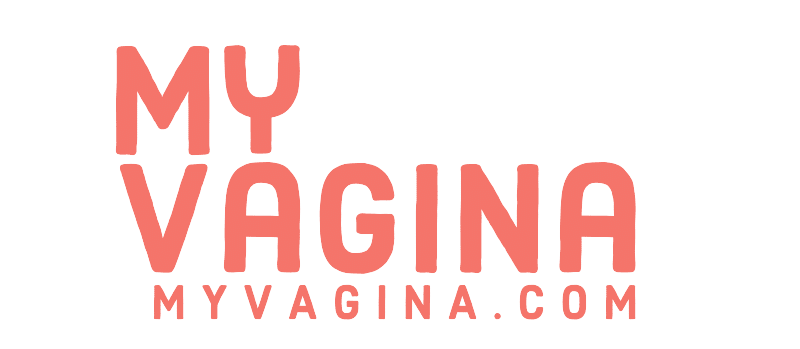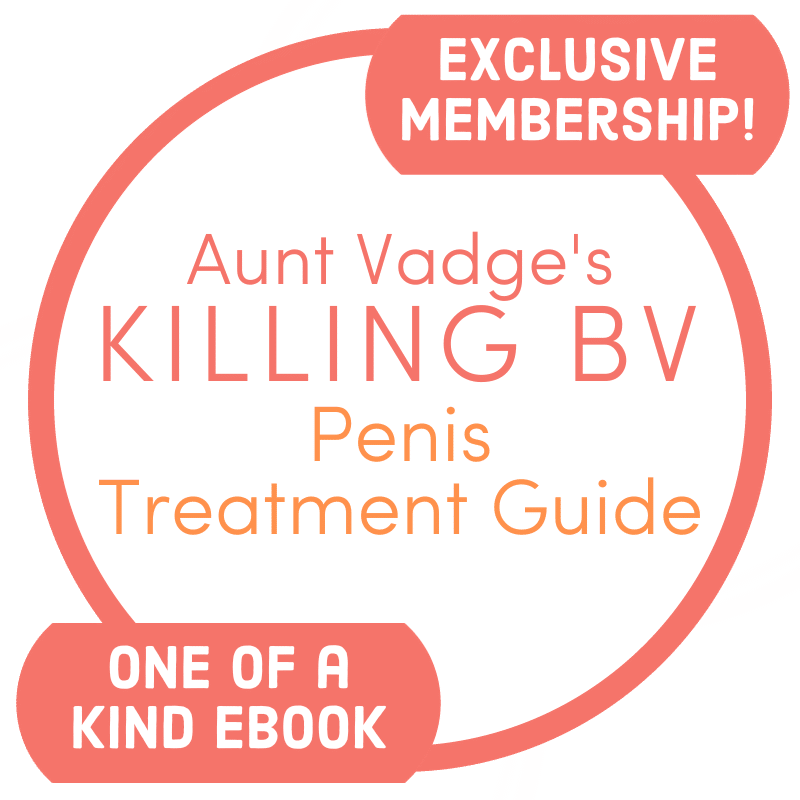Many women with polycystic ovarian syndrome (PCOS) experience acne well beyond their teenage years. PCOS leads to acne due to high levels of androgens (male-type hormones), since androgens stimulate the sebum glands in our skin.
- More androgens equals more sebum
- More sebum equals blocked pores, and it goes from there
Another contributor to acne are the lower levels of progesterone associated with PCOS. Acne can lead to the destruction of your self-confidence, depression, anxiety and putting a cross through events on your social calendar.
How does acne develop?
The blocked pore
To create acne we need a blocked pore. This blocked pore can then be colonised by bacteria, which leads to inflammation and pus. Pores are blocked due to excess sebum (oil), caused by excess androgen production from the ovaries and adrenal glands. One of the driving factors behind too much androgen production is insulin. Insulin production is stimulated by sugar, carbs and dairy. Excess insulin is worsened by insulin resistance, which is a driving factor in PCOS.
Too many dead skin cells
Then, we need what’s known as hypercornification. Hypercornification is a fancy word for the overgrowth of the cells that line your pores, resulting in lots of dead skin cells. The dead skin cells then mix with sebum, causing the pore to become blocked (known as a comedone or blackhead). Hypercornification is also thought to be caused by excess androgen production.
The infection and inflammation
Then, we have the infection inside the blocked pore. Blocked pores turn into pimples when infection and inflammation occur. Infection is usually caused by a bacteria called Propionibacterium acnes (P. acnes). Contrary to popular belief, infection is not caused by being ‘dirty’ or lack of washing. P.acnes is a normal bacteria that lives on everyone’s skin, and feeds off sebum – P. acnes loves living in your pores and is very happy there. The problem arises when there is excess sebum and P.acnes gets a little out of control. The bacteria gets trapped in the blocked pores and has a house party, causing the pore to rupture.
Next, your immune system is waved down to come and clean up the mess left by the P. acnes party. Inflammation (swelling and redness) is actually part of this process.
How to treat acne caused by the hormonal cascade in PCOS
Follow a low sugar, low carbohydrate, low dairy, low inflammation diet. That is, you need to control your blood sugar by following a low-glycaemic-index diet (like a diabetic would) to control insulin production.




